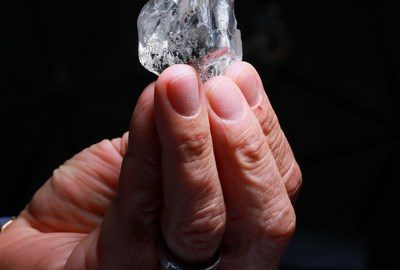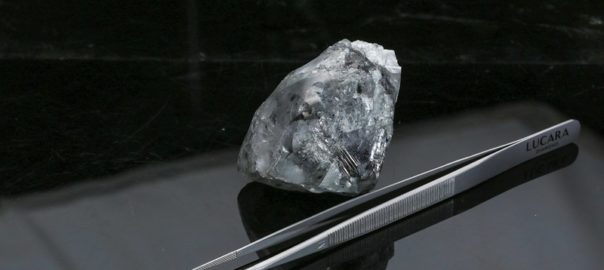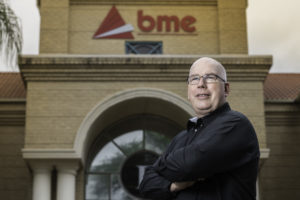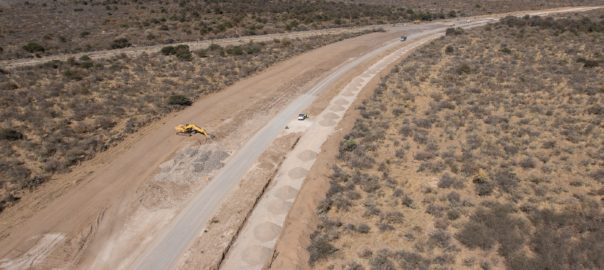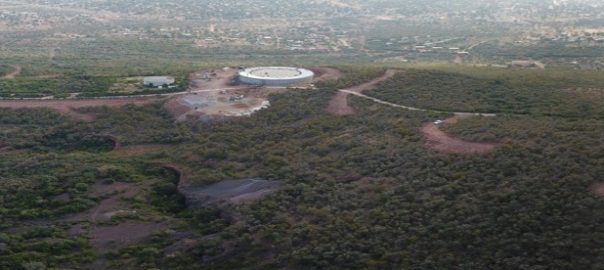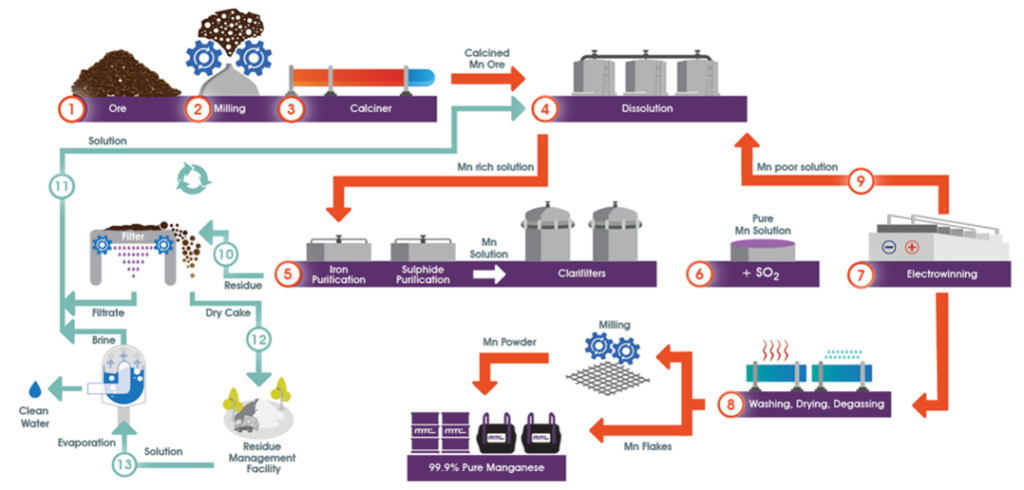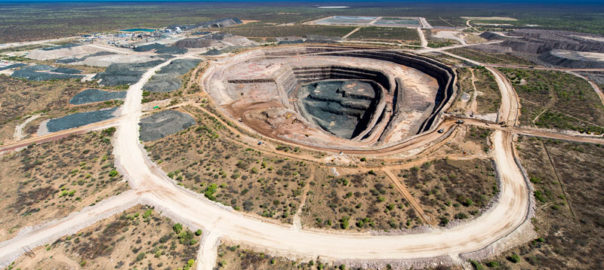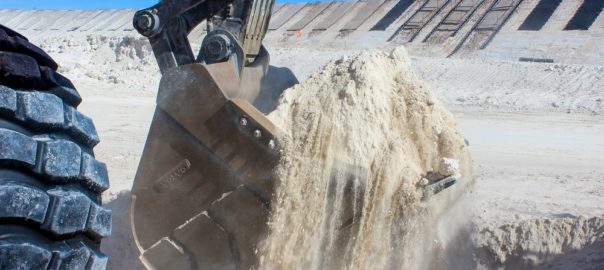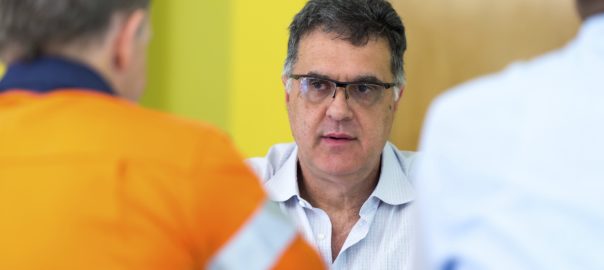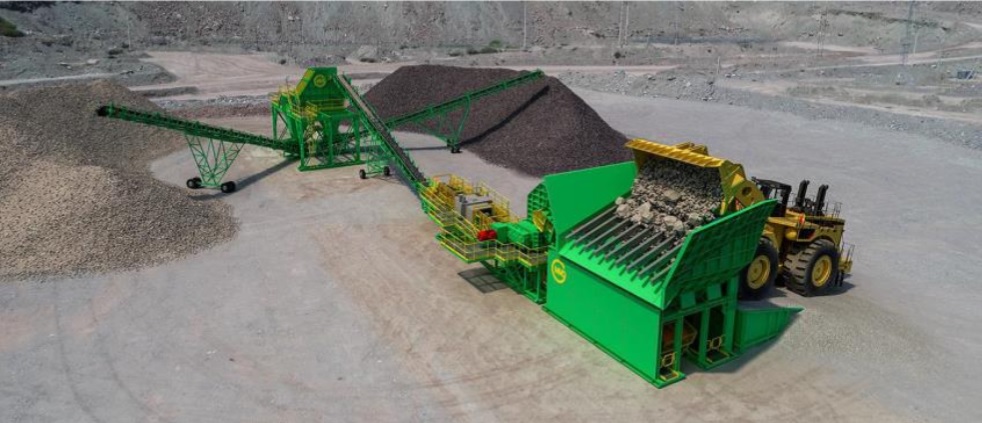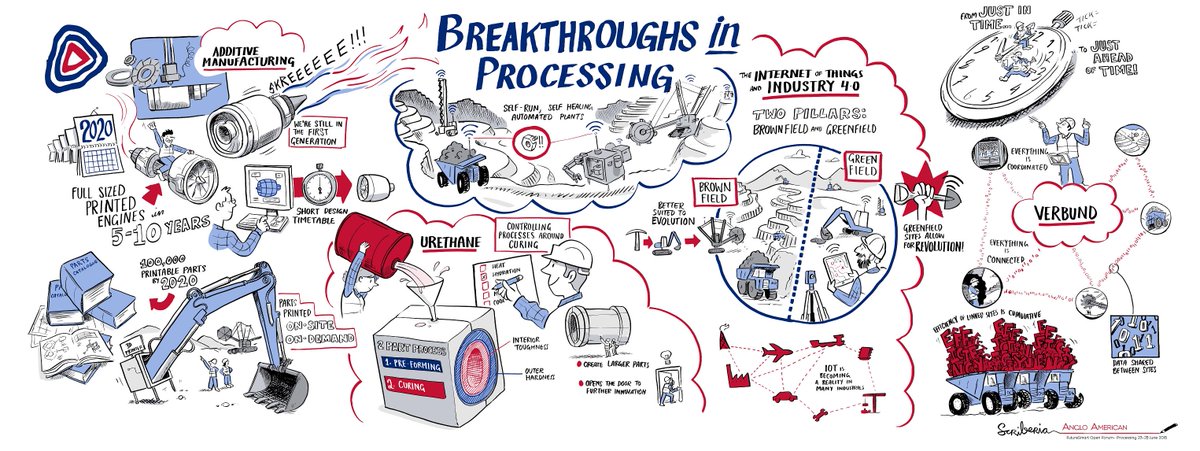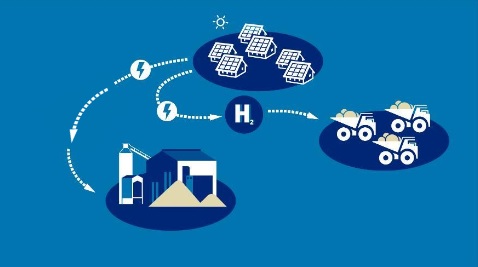Lucara Diamond Corp has announced another recovery of significance from its 100% owned Karowe Mine, in Botswana, with its TOMRA X-ray Transmission (XRT) sensor-based ore sorting units, again, helping the miner recover and keep the diamond intact.
A magnificent unbroken Type IIa 378 ct gem quality top white diamond was recently recovered from milling of ore sourced from the M/PK(S) unit of the South Lobe, Lucara reported. This recovery is the second plus-300 ct gem quality diamond to be recovered this year from direct milling of the M/PK(S) unit, a further testament to the strong resource and process circuit performance at Karowe, the company said.
Both the 378 ct and the 341 ct diamonds recovered this year came from the Coarse XRT circuit, Lucara said.
Eira Thomas, Lucara’s CEO, said: “The 378 ct joins a rare and special lineage of exceptional, high value diamonds recovered at Karowe and continues to highlight the wonderful diamond potential of Botswana. Continued and consistent recovery of large diamonds, such as the 378 ct and 341 ct stones, comes at a critical time and provides continued strength and additional foundation to the opportunity to finance and build the underground expansion at Karowe that will see mining continue for at least another 13 years after the open pit ceases operations in 2026.
“We look forward to a safe, productive and busy 2021.”







